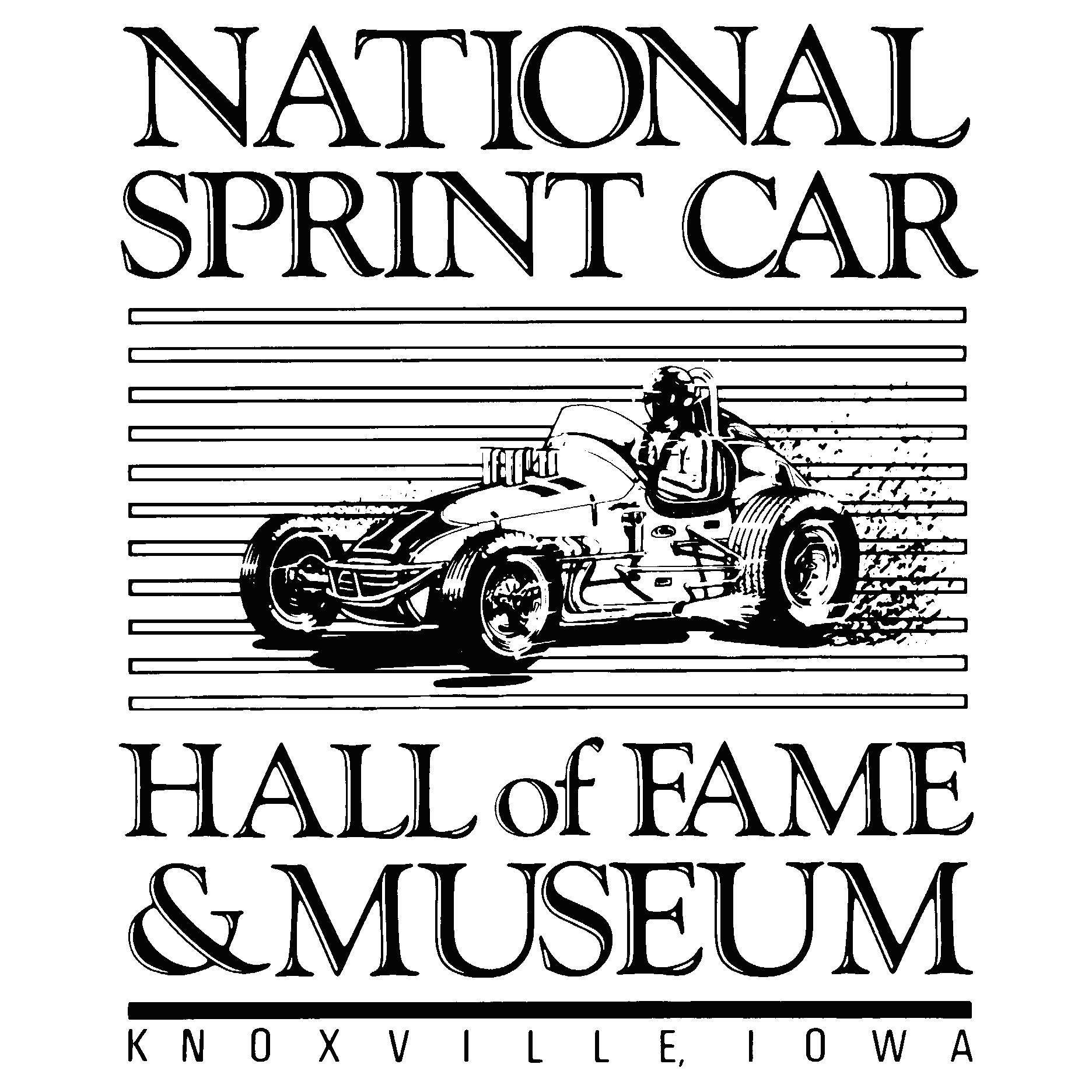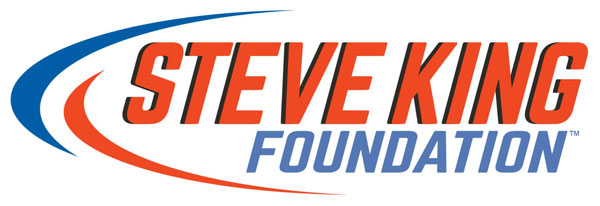Denny Hamlin says expansion is on the horizon for 23XI Racing
Photo by Courtesy of Toyota Racing
Denny Hamlin is convinced that to realize the potential of fledgling 23XI Racing, the team will have to expand.
Although he and partner Michael Jordan just launched the operation for the 2021 season, Hamlin has high expectations for the organization’s future.
The addition of a second squad could come sooner than later—if Hamlin can recruit the right combination of driver/crew chief as well as secure a charter and sponsor to complement the existing team of driver Bubba Wallace and crew chief Mike Wheeler.
“I would like to expand as quick as possible,” Hamlin said. “I think the quicker that we expand, the more resources we will have as a race team to get better, the better people we can hire. Everything gets better the more information that you can throw into the pot. When it makes sense for us is when it makes financial sense for us. It’s about getting a sponsor, a driver and a crew chief first. Those three things all have to line up, and then you have to try to find a charter.
“There are a lot of obstacles that are in the way of it happening, but certainly we feel like we are active in the space. We are trying to be the team that Toyota feels like they have a place for their young guys to go, or maybe we go after an established veteran who’s got a great resume.”
David Wilson, president of Toyota Racing Development, sees 23XI as its top prospect for expansion. The manufacturer currently has five factory-backed teams as well as Gaunt Brothers Racing, which receives some technical support. With the Gaunt Brothers No. 96 Camry missing the show for the Daytona 500, Toyota had just five cars in the Great American Race.
And with the overflow of talented young competitors in the Toyota driver development pipeline, there are not enough seats between Joe Gibbs Racing and Kyle Busch Motorsports as the prospects advance.
“Handicapping it, I’d think the nearest, best opportunity certainly is with 23XI,” Wilson said. “With Denny’s vision, Michael’s vision, it's aligned with our vision, which is about growth—and it’s about growth for the right reasons. First, it’s about two data points under one roof versus one—or three data points or four—that’s a competitive advantage in this sport. It’s only an advantage, however, if those additional teams are well-funded and well managed.
“This again is where too many perhaps make emotional decisions versus business decisions. Emotional is, ‘I want a second car. I think we can do it. Let’s just go ahead and buy a charter and hope it works out.’ We’ve never been a proponent of that. I still remember the discussions that went into the fourth team at Joe Gibbs Racing—and we were a part of that decision. So that’s always kind of served me well in being circumspect about that.”
Wilson has every right to be cautious. He has watched Furniture Row Racing and Leavine Family Racing shutter their doors over the last three years. But his instincts tell Wilson 23XI will be different.
“Now, in the case of Denny, Michael and 23XI, the good news is they’re getting a lot of attention,” Wilson said. “They're a very popular add to the sport. They might have the resources. They might have the sponsorship to enable them to grow as early as next year but they still have to come up with a charter and there are so many things that go into it.
“But yes, we would like to see them grow. We expect them to grow. Denny and I have talked about driving pairings—just philosophically. A little seasoning—veteran leadership paired with a younger driver. In any dynamic, situation, racing team, it’s good to have that mix because you’re always trying to plan three, four, five years ahead, and you’ve got to turn your inventory on occasion.”
Hamlin has never lacked ambition. He would like to campaign NASCAR Xfinity teams, too, but more along the lines of a model such as JR Motorsports where drivers bring sponsors/money to the table.
“Ultimately, this is all-around sponsorship,” Hamlin said. “It costs a tremendous amount of money to put these cars on the race track. I wish the model was the teams could hire whomever they wanted, and they didn’t have to worry about getting a big sponsor to just break even or finding a driver that brought money, but that’s the climate that we live in.
“Unfortunately, for us, you have to make sure you have the check writer first, and then you go out and get your talent. It’s just a weird process in how it all works, but certainly, we are trying to do it as quick as we can.”
After watching team owners such as Barney Visser and Bob Leavine fade away from the NASCAR landscape, how does Hamlin avoid following one of those paths?
“I think those two were very different situations,” Hamlin said. "The 78 (FRM) had sponsorship. They were able to take what JGR (Joe Gibbs Racing) had and apply more resources to it because they had money to do it through sponsorship, and they made it better. They took that product and they made it better.
“The 95 (LFR), really COVID put a damper on their sponsorship efforts, so I think they were strapped for money at times, so they couldn’t go out and hire more people to make those cars even better and faster. I think that really shows in performance. I don’t think it was from a lack of effort by any means.
“There were a lot of unfortunate circumstances that hit them at the 95 that didn’t hit at the 78 until a certain time. When Barney (Visser) was done, I think that his son looked at the business files and was like 'I’m not taking this debt on, you can go have it.' and the team shut down.”

.png)





